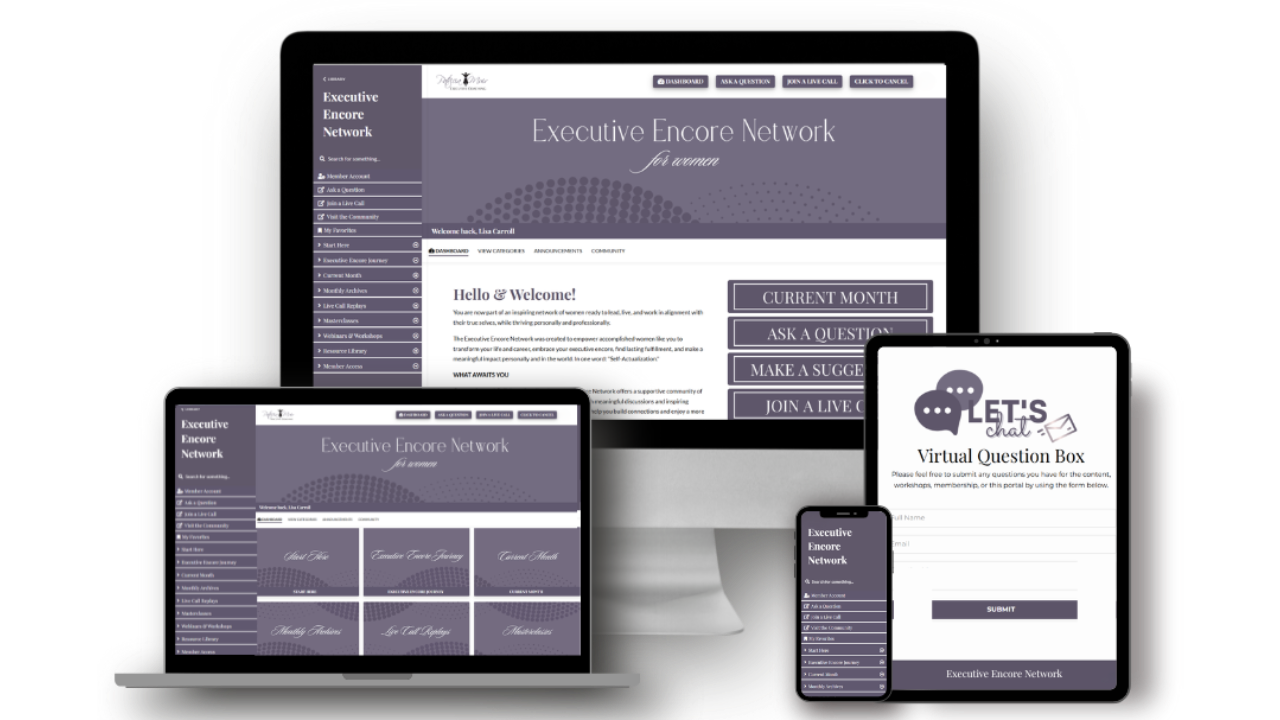
Managing Loss and Grief: Search for Meaning. A Model for Loss and Grief
Feb 24, 2021In this series about managing loss and grief, we have come to some understanding about what grief is and where the power that lies in loss.
At some point in our life, we will experience a process of grieving. Our grief might be individual, collective, and/or even anticipatory. Our grief may lead us to ask, “What’s is this really all about, anyway?” Debunking the myths of grief can help us manage the process, for ourselves, and for others.
Historically, grief has been described as a five-stage process, which I wrote about in my last post, A Brief Review of Grief. However, critics argue that there is no sound scientific basis for Kübler-Ross’s stage theory.
The Dysfunctional and Myopic Approach to Grief in the Workplace
Placing expectations on yourself or others about needing to experience stages of grief can be harmful or at the very least, unrealistic and one-solution-fits-all policies and programs.
Consider the insensitive effects of the myopic approach to loss and grief in the workplace:
- Restrictive “bereavement” policies that typically allow only three days absence from work
- Generic return-to-work programs that fail to address the specific emotional needs of women returning to work after cancer treatment
This myopic approach communicates the assumption and often the expressed expectation that “it (loss and grief) is all over now” often followed by the dismissive message “let’s back to work”.
Grieving is not a sequential, orderly, predictable process across time. There is no “projected deadline”. Grieving is not a set pattern of specific reactions. Most bereaved people adjust to their loss in their own manner (not through stages) over the course of time, while others experience some of the described stages.
One thing we do know with certainty is that while there are different patterns of “normal” grieving, experiencing loss can involve complex, fluctuating, emotions – and a significant shift in a person’s emotional intelligence. Researchers have found that patterns vary greatly in terms of specific reactions, time-related changes, and duration of acute grieving period.
The Search for Meaning Approach. A Model for Loss and Grief
Theoretical models aim to help us understand (and try to explain) the grieving process. However, theoretical models are not meant to be prescriptive about what people will or have to go through. There are alternative scientific perspectives that better represent the course of grief and grieving. For your reference, I have listed these theories chronologically below this blog.
In this blog series, particularly in Where the Power Lies in Loss, I have focused on the search for meaning (meaning-making approach, Neimeyer, 2001). The search for meaning is a common response when we encounter loss, face challenges, and work through our grief. For many of us, this model has helped in understanding grief on our own terms and in our own situation.
I can personally attest to the effectiveness of this model in My Return to Work Story following my diagnosis of cancer 2013. I now develop and deliver programs for women entrepreneurs, executives, and professionals who are returning to work during and after cancer.
No one has escaped loss and grief this past year. We all need help in understanding the meaning-making model of grief to help individuals and the collective move forward with meaning. To learn more, read the interview transcript with Professor Robert Neimeyer and Catherine Jackson, Therapy Today, September 2019.
What do you think? What has been your experience and understanding of the grief process? Reflect on how you are finding meaning at this time? Where are you “emotionally” at this moment? Let me know how you are doing. I would like to hear from you. You can reach me on LinkedIn, and on Maestro’s Facebook. You can also contact me at [email protected].
Check out the online mini-course Your Building Blocks to Emotional Well-Being and Resilience. Complimentary for a limited time.
References to alternative scientific perspectives on grief.
- Trajectories approach (Bonanno, 2004)
- Cognitive stress theory (Folkman, 2001)
- Meaning-making approach (Neimeyer, 2001)
- Dual process model (Schut & Stroebe, 1999)
- New model of grief (Walter, 1996)
- Task model (Worden, 1982)
- Two-track model (Rubin, 1981)
- Psychosocial transition model (Parkes, 1971)
Next Steps
You don’t need to navigate your Executive Encore alone. Discover a better way to take charge of your experience.
- Schedule a 30-Minute Complimentary Executive Encore Call.
Ready to elevate your encore chapter?
- Join the Executive Encore Network for Women, a membership and community of supportive women ready to inspire and uplift. Subscribe to the Sunday Encore to begin your Executive Encore Journey and register for the next Tour to learn more.


